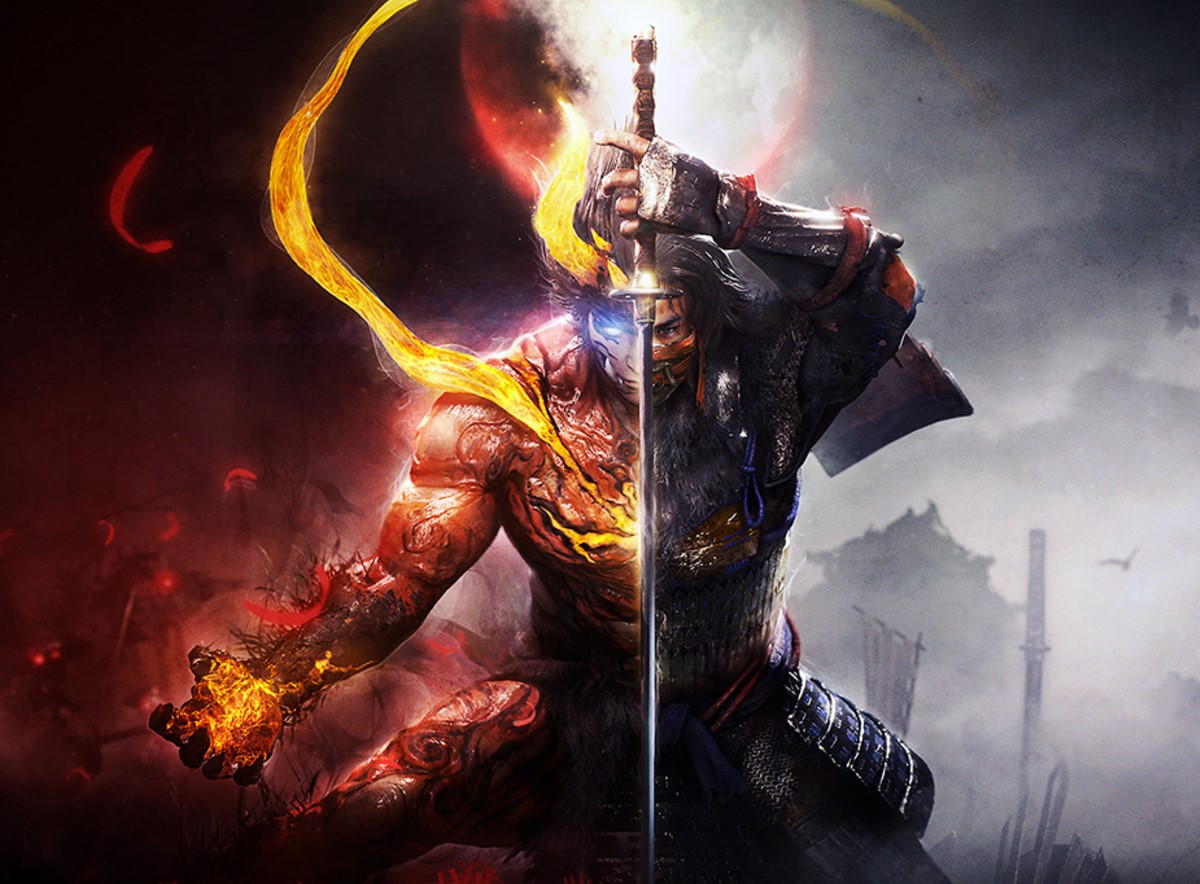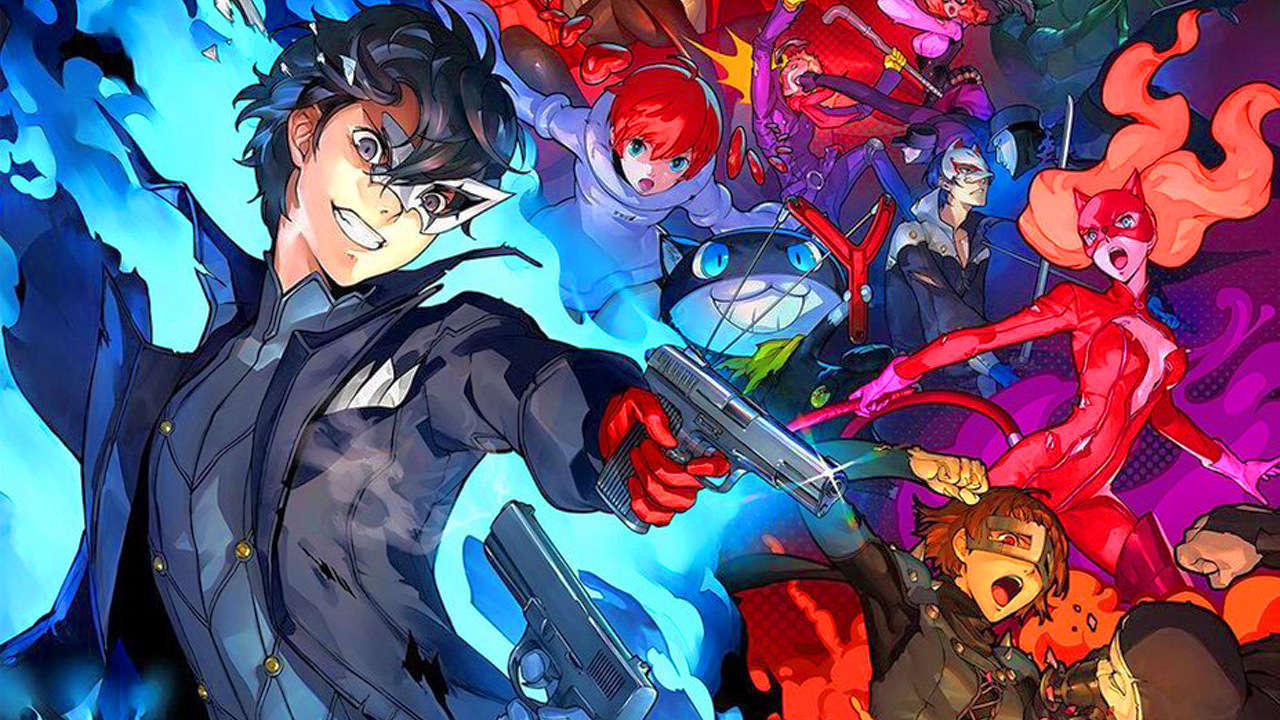The Callisto Protocol Review – Jupiter Descending
The Callisto Protocol Review
The Callisto Protocol is developed by none other than Dead Space‘s creator Glen Schofield, who has teamed up with former Visceral Entertainment developers under Striking Distance Studios and published by Krafton. From its eerie teaser trailers to its eventual launch, the game intrigued us. Touted as the spiritual successor to Dead Space, I found myself looking forward to it more than the actual remake because of my curiosity about what the original dev team can do with new material.
Freelance freight runner Jacob Lee is wrongfully imprisoned in Black Iron, an infamous prison in Callisto run by a mad warden, Duncan Cole. He soon finds himself trapped after finding the ramparts in shambles and prisoners and guards alike brutally massacred by unknown entities who seem to infect them with an unverified virus that causes madness. Jacob soon finds himself allying with other prisoners to find a way out of Callisto while evading the terrors within.
As one of my most anticipated games this year, ride along in this harrowing tale of madness and violence and find me on the other side to see if The Callisto Protocol is truly the successor to Dead Space.
Prison Break!
Credit where credit is due, Glen Schofield and his team have captured the horror atmosphere of Dead Space in The Callisto Protocol quite spectacularly. The feeling of isolation is amplified by the bleak lighting and the droning ambient noise that surround Black Iron. The visual majesty of Callisto also adds to this effect, along with the desolate, icy tundra outside Black Iron that portrays certain death.
The Black Iron Prison, which sets the stage for most of the first half of The Callisto Protocol, is masterfully done, which adds to its mysterious and unsettling plot. There is a looming sense of dread in its claustrophobic corridors and vents; the tension is released by its numerous jump scares. Nasty surprises lie in container boxes, dark corners, and bloodstained rooms. Whether you’re encountering one of these lab horrors or mechanical monstrosities, you’re in for the fight of your life.

The cinematics are also well-made and feature impressive facial animations, adding to the bleak story of The Callisto Protocol. It’s heartening to see type-cast actors like Josh Duhamel (Transformers) and Karen Fukushima (The Boys, Suicide Squad) play different character types and, in Karen’s case, have a speaking role with her character Dani.
The Callisto Protocol looks absolutely fantastic, but the same can’t be said of its performance. Playing on quality mode provided visual detail that was seriously impressive, but the frame rates were nothing to be happy about, constantly dipping below 30 FPS. Switching over to performance mode proved to be a much smoother experience, albeit at the cost of visual fidelity and sharpness.

Traversal-wise, I initially appreciated the claustrophobic corridors and dark rooms featured in The Callisto Protocol. Further into the game, though, it slowly becomes a linear conveyor belt-type trek that funnels you in one direction. After a while, the corridors become so uniform that I find myself backtracking when I get lost.
You collect loot in the form of credits, health gels, ammo, salvage, and audio logs. While the credits can be used at the reforger, you can also sell salvage to gain more credits so you can use the reforger’s crafting services. The crafting system is quite simple and easy to get into. You collect a schematic, reprint the weapon, and upgrade.
You can also purchase resources in the reforger that include more ammo and health items. The audio logs add a simple codex to the game, but I wished it were playable in the background while I’m moving through long-winded corridors to ease the tedium.
Combat in The Callisto Protocol is a bit of a mixed bag and could be a real point of friction for some, as I wasn’t in love with the melee combat at all. You can dodge attacks by holding a direction and then switching to the opposite direction of where the attack is coming from. It’s very inconsistent and can get very hectic when you are facing more than one enemy, which will lead to bouts of frustration.

Once you secure the stun baton, you can upgrade it to block and counterattack, and when you finally get your firearms, there is a prompt to combo your ranged attack with your melee attack to sever limbs. You also have a shiv as a stealth component to take out unsuspecting foes.
Finally, there is a gravity glove, which is also another piece of your arsenal that allows you to move objects and throw enemies. While there are so many creative ways to use this mechanic, it is limited by the battery charge, and charging the batteries is somewhat of a pain. It’s cool that it lets you manipulate your environment this way, but it’s hardly used enough to make it meaningful.
99 Ways To Die In Jupiter
The Callisto Protocol is an easy recommendation during the first few chapters of the game, but the latter part is where it all takes a nose dive and for that majority, there’s going to be a lot of dying going on.
The Callisto Protocol‘s combat unravels in the later levels because of its lack of cohesive synergy. By chapter five, the game enters a truly steep difficulty spike because the enemies start to come at you in swarms instead of more manageable one-on-one encounters. Because there is no actual lock-on function in the game, the auto-aim function shifts to a new enemy, making each encounter entirely luck-based.

Healing also becomes impossible during these enemy swarms due to it locking into a long animation sequence, where even the alternate fire and heavy melee attacks become useless due to the lack of a lock-on function. Once you’re overwhelmed, you’re in for another unskippable death sequence that’s become as annoying as its overdone jump scares.
Speaking of RNG, your loot is also determined by RNG. So by the end of the game, your success will be determined by what the RNG gods bestow upon you. If you run out of ammo, especially against a mini-boss or enemy swarms, weapon switching becomes a bit of a chore, and by the time you’ve oriented yourself, you’re already dead. This is a typical occurrence in The Callisto Protocol, so you have been warned.

The kicker is that checkpoints leave you in bad spots, especially during boss battles, because you enter the checkpoint in your last autosave. So if you end up in that autosave in a compromised position, you’re better off reloading a previous manual save to prepare yourself, as luck plays such a big factor in your experience. Even easy mode becomes a chore when luck becomes a factor.
The plot of The Callisto Protocol doesn’t exactly evolve from the first few chapters, and the resolution got quite cliché. In the later chapters, you push through so much story filler that the revelations hold no emotional weight.
There wasn’t much either in terms of replayability besides collecting some missed audio logs and playing The Callisto Protocol on max difficulty. However, after the last eight hours of punishment, one trip is more than enough.
What We Liked:
- Nailed the horror atmosphere and isolation experienced in deep space.
- Engaging cinematics supplemented by the beautiful facial animations of the actors.
- Incredible visuals especially on the PS5 running on performance mode.
What We Didn’t Like:
- Late game is extremely frustrating even on lower difficulties due to an encounter system that is heavily reliant on luck.
- Terrible combat with poor weapon-switching mechanics, unnecessary animations, and in dire need of a lock-on button.
- Uniform traversal that feels like one long conveyor belt.
- Plot becomes predictable and cliché towards the end.
- Unskippable death animations and overdone jump scares become annoying after a while.
Verdict: Wait For It…

The Callisto Protocol excels as an atmospheric survival horror title, at least in its early parts of the game. However, because so many of its inconsistent combat mechanics could’ve used more balancing, the aspects that made the title stand out ultimately worked against it.
Moreso, the unsatisfying conclusion squanders the mystery that’s been set up at the start of the title with its impressive cinematic cut-scenes. I commend Glen Schofield and his team for sticking to the overall concept and experimenting with new mechanics, however, many of these creative choices snowballed into a frustrating time for random horror fans looking for a good scare.
I have a soft spot for horror games, especially when the immersion is solid enough to let a few nitpicks slide (see Ghostwire Tokyo), but it is difficult to recommend The Callisto Protocol with this compromised overall gameplay experience.
*The Callisto Protocol was reviewed on a PS5 with a review code provided by the publisher.




